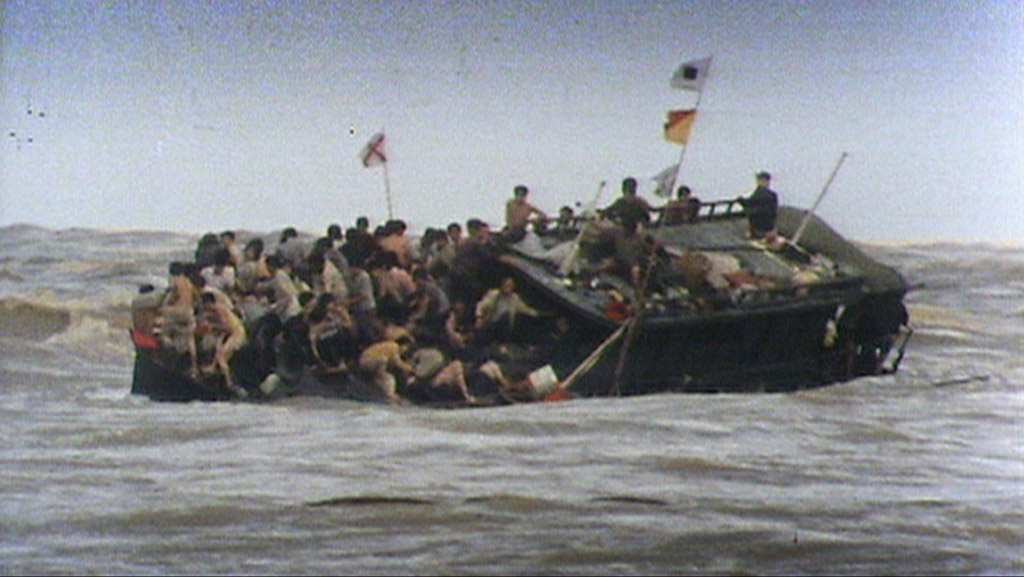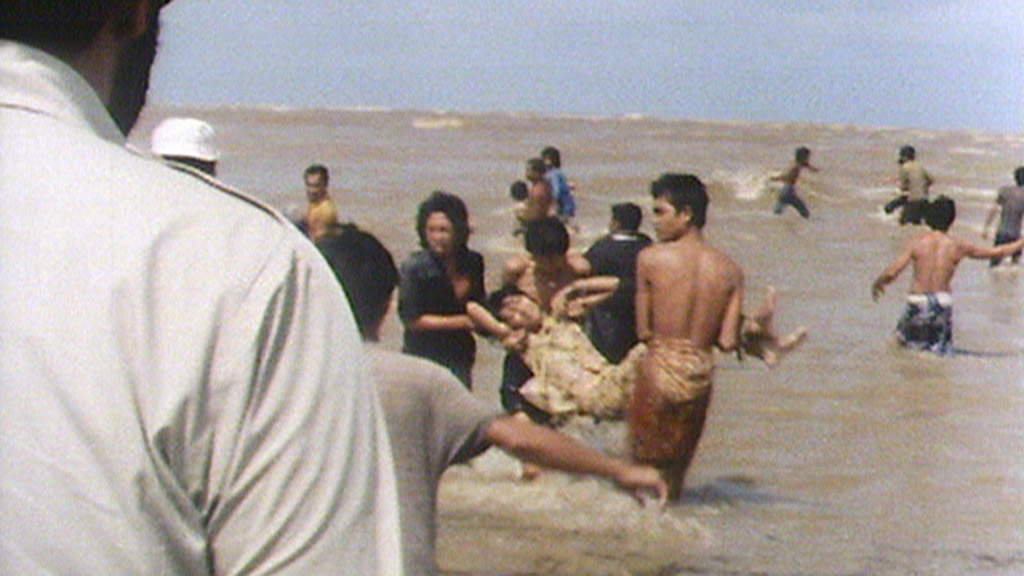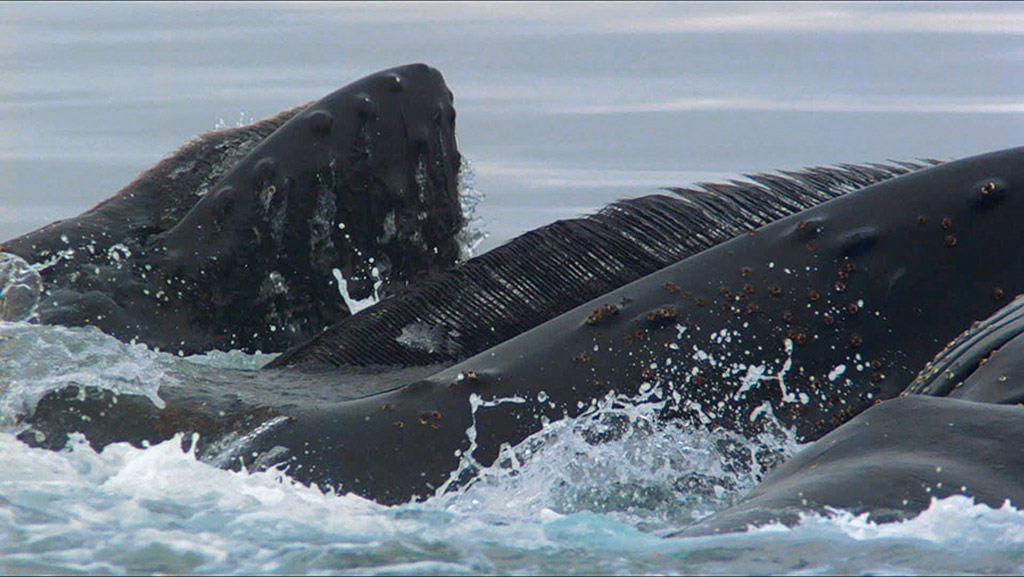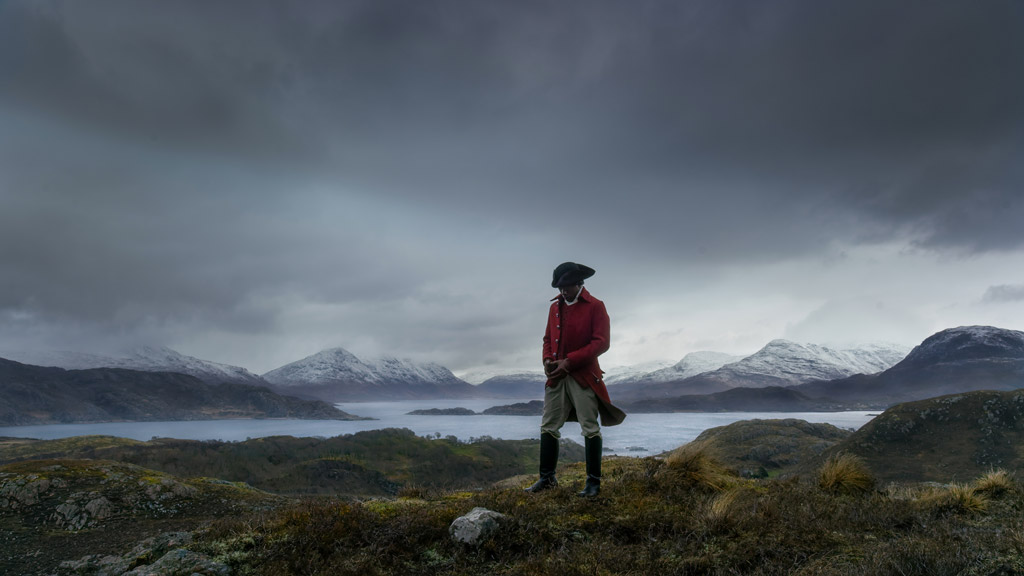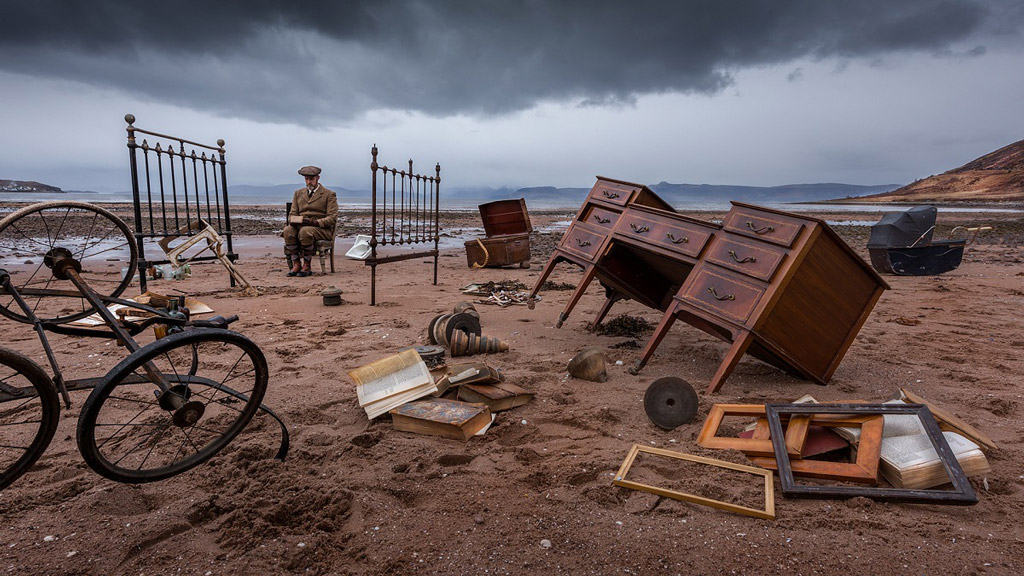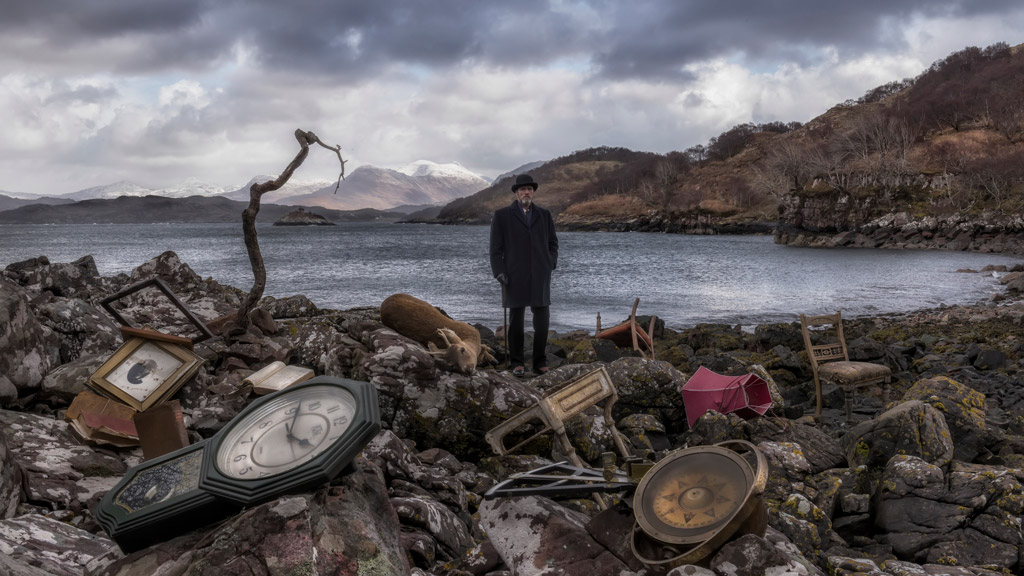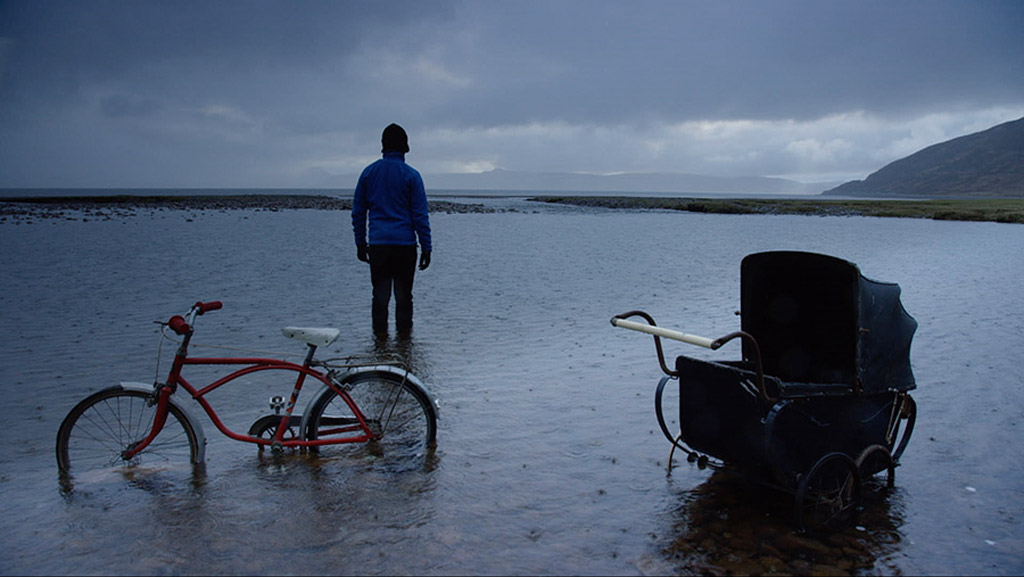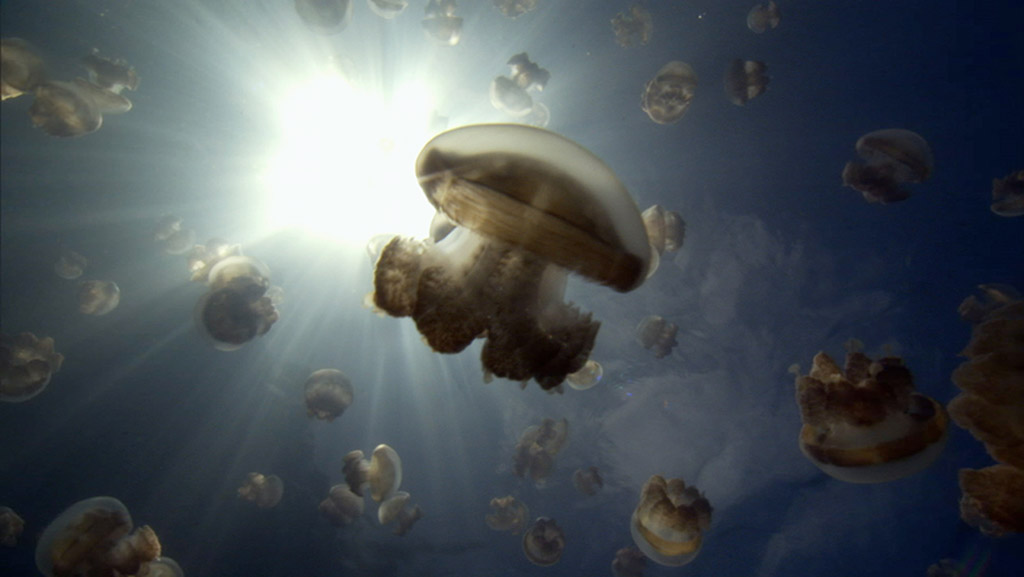ART-PREVIEW:John Akomfrah-Vertigo Sea
 John Akomfrah has been committed to giving a voice and a presence to the legacy of the African diaspora in Europe, filling in the voids in history by digging into historical archives to create film essays and speculative fictional stories about past lives and future possibilities. Costume dramas have been critical to this exploration since they provide a staging of history and suggest that one can have a direct access to the past.
John Akomfrah has been committed to giving a voice and a presence to the legacy of the African diaspora in Europe, filling in the voids in history by digging into historical archives to create film essays and speculative fictional stories about past lives and future possibilities. Costume dramas have been critical to this exploration since they provide a staging of history and suggest that one can have a direct access to the past.
By Efi Michalarou
Photo: Vienna Secession Archive
For thirty years British artist and filmmaker John Akomfrah has engaged with questions of memory and identity, creating works which give voice to the legacy of the African diaspora in Europe. His poetic works stretch the boundaries of the documentary genre and the format of the film essay John Akomfrah shows “Vertigo Sea” at Secession in Vienna, that premieried at the Venice Biennale 2015, the work is a new three-screen film installation forming a meditation on whaling, the environment and our relationship with the sea: on the role of the sea for migration, in war and conflict, for the history of slavery and colonization. It is a narrative on man and nature, on beauty, violence and on the precariousness of life. Herman Melville’s novel “Moby Dick” and Heathcote Williams’ “Whale Nation” are two literary points of reference. Part fiction, nature documentary and essay on marine aesthetics; shot on the Scottish island of Skye, the Faroe Isles and the Northern regions of Norway, the film references what Ralph Waldo Emerson called, “the sublime seas”. The rich imagery in “Vertigo Sea” is sourced from historical archives, nature photography, news as well as newly staged footage. “Vertigo Sea” is constructed with the same appropriation and remix techniques that Akomfrah’s earlier works brought from popular culture into the cinema. At just under 50 minutes in length, “Vertigo Sea” blends visual references to prior eras of Western history with texts that challenge valorization of these periods. Vertigo Sea intercuts footage of white and black characters in 18th Century European dress with quotes from literary sources and the first-person narrative of the former slave Olaudah Equiano, who is described in most accounts as a West African-born survivor of the transatlantic passage and who profoundly influenced the British abolitionist movement. These linguistic and visual connections describe the sea as the repository for all the crimes of British Empire: from enslaved Africans cruelly thrown into the Atlantic to desperate migrants and refugees sinking and drowning in the Adriatic, to the creatures of the Arctic struggling to survive atop receding ice caps as their resources diminish ever more under human dominion. Since the early 1980s, Akomfrah’s moving image works have offered some of the most rigorous and expansive reflections on the culture of the black diaspora, both in the UK and around the world. Akomfrah was a founding member of the influential Black Audio Film Collective, which started in London in 1982 alongside the artists David Lawson and Lina Gopaul, who he still collaborates with today. Their first film, Handsworth Songs (1986) explored the events surrounding the 1985 riots in Birmingham and London through a charged combination of archive footage, still photos and newsreel.
Info: Association of Visual Artists-Vienna Secession, Friedrichstraße 12, Vienna, Duration: 21/2-19/4/20, Days & Hours: Tue-Sun 10:00-18:00, www.secession.at

